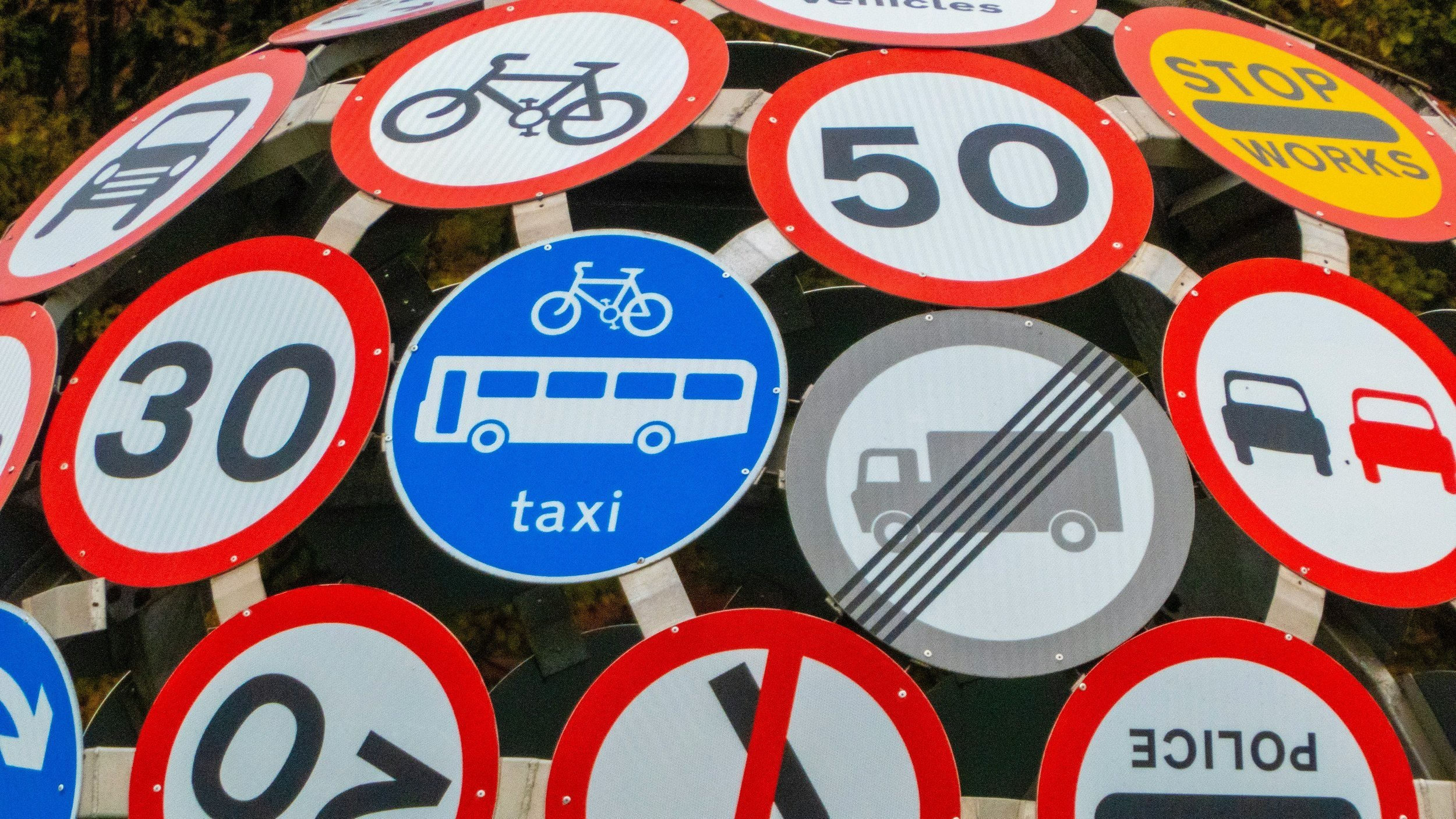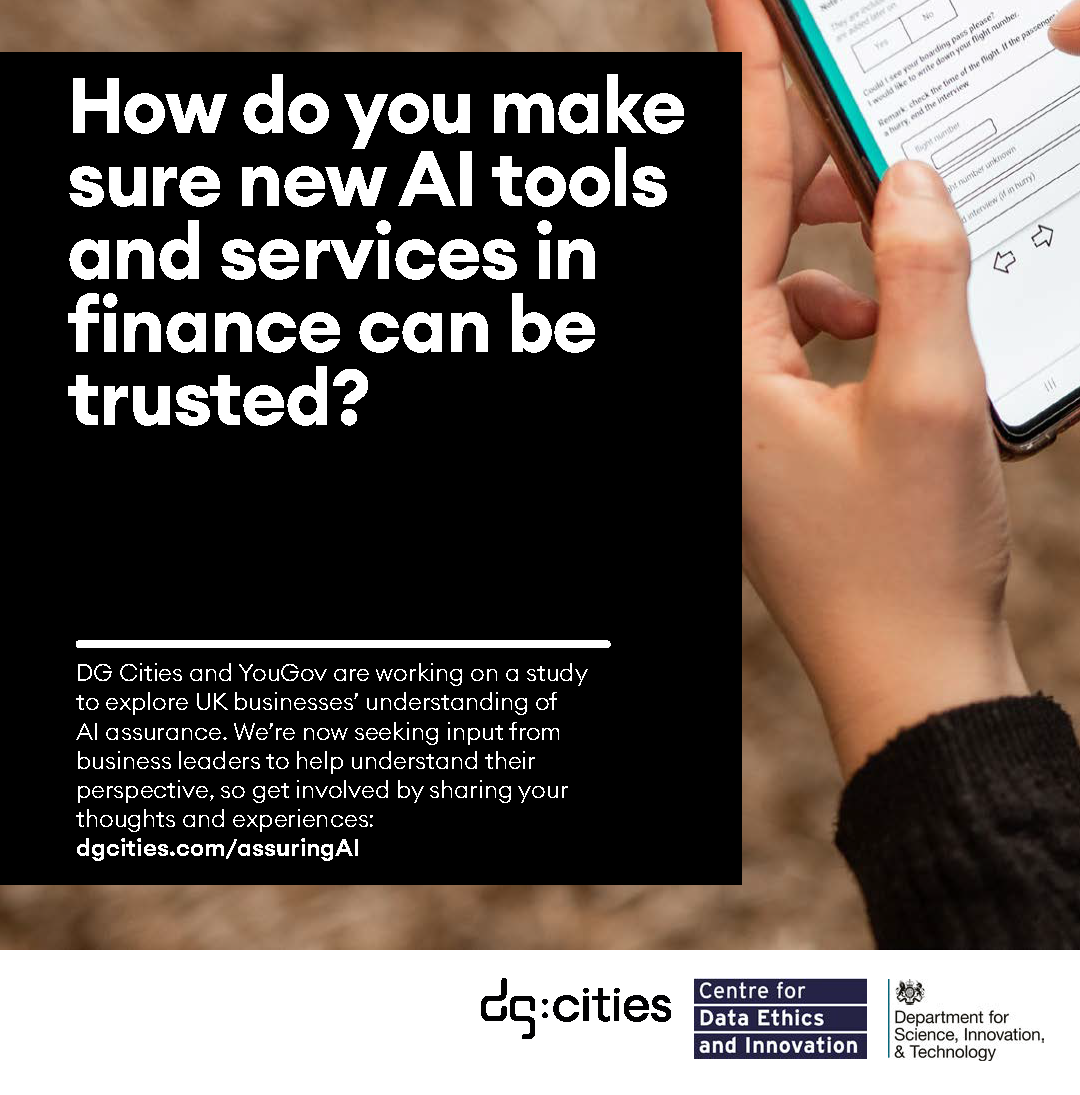In the run up to the election, commentary naturally focused on manifesto commitments, and trying to predict which policies would change. Now, different sectors are restating their hopes for the new government – arts bodies lobbying for funding, the UK’s Mayors setting out their own priorities and vision for a closer relationship. The Prime Minister and new cabinet have an endless list of issues across the UK, from prison capacity, economic growth and investment in new infrastructure and house building, to climate change and energy security to tackle. How do they begin to prioritise? We can help…
In a rapidly changing landscape, there can be a similar degree of prediction, analysis and judgement when it comes to technology strategy – which renewables to invest in, how to plan for a population’s needs and lifestyles fifty years from now, or how to put the right guardrails in place to ensure AI is used ethically. Then there’s the interconnectedness of systems and the knock-on effects of different decisions: how to make sure the grid capacity and connectivity is there to support EV charging in a neighbourhood, for instance.
We believe in bold, forward-thinking policy around emerging technologies – as an innovation consultancy, we would say that. But taking a lead in a global tech marketplace is significant in terms of the domestic and foreign agenda; positioning the UK as a global leader in innovation, boosting economic growth, and making sure society benefits from any investment from the public purse. As a company used to acting as the glue between the public and private sector, we’re here to support growth at a local and national scale.
How we support government
Tensions can run high and an election can polarise opinions, but when it comes to predicting future tech, it pays to be agnostic. We are passionate advocates for the value of innovations in improving places and people’s lives, but impartial and rigorous when it comes to deciding which solution works best, led by data, experience and our own in-house independent evaluation service. We maintain strong links with both industry and academia, and work with a network of consortium partners to explore use cases, conduct research and offer advice. In that way, we help to bridge the gap between public and private sector expertise.
This is why independent strategic consultancies like DG Cities play such a valuable role in supporting government at a local as well as a national level. We can help policymakers understand how the public feels about particular tech, whether that’s self-driving cars or heat pumps – and here are five ways why and how we do it. We can help harness the potential of data and community engagement to inform better, quicker decision-making.
1. We help to inform and shape policy
Whether through funded projects as part of a consortium or our independent Research Community, we produce a range of in-depth reports that help government understand the current landscape, define priorities and deployment strategies for particular tech. We can offer insights into global best practice through our work with initiatives such as Sharing Cities, assess the feasibility of proposed initiatives, and help design regulatory frameworks that balance innovation with public interest.
2. We’re a link between public and private sector enterprises
By fostering partnerships between public institutions and private enterprises, we can ground initiatives in reality and help align commercial strategies with public policy goals. This aspect of our work spans a range of fields, from smart city tech to establishing the commercial framework that can allow a council to deliver ultra-fast connectivity to local residents and businesses.
3. We can turn an idea into a workable solution – then test it
We work across the lifecycle of technologies and their deployment, from research into emerging, as yet untested ideas, to the implementation of new services and finally, independent evaluation of their impact. The focus is always on delivering benefits for people and communities, and value for investors, whether that is local government or a service provider. Ensuring that policy ambitions translate into tangible outcomes requires effective project management. In projects such as electrifying a council’s vehicle fleet, for example, we ensure strategies meet deadlines, stay within budget, and achieve desired objectives.
4. We use behavioural innovation to maximise investment in innovation
DG Cities has grown a behavioural science service within our team, which gives us a strategic advantage when it comes to understanding why one solution is accepted over another, or how a behaviour change programme can support new tech to deliver a greater return on investment for a local authority. Ultimately, any innovation that isn’t rooted in need, doesn’t respond to people’s motivations, preferences or engage with the people it is intended to benefit, will likely fail.
5. We bring a focus on ethics and values
Navigating the ethical landscape of emerging technologies is a critical aspect of our work. We put communities first - we help clients develop policy around ethical norms, mitigating the risks associated with issues like data privacy, trust, and AI ethics. Questions we examine might be the decision-making process of a self-driving car, or people’s understanding of bias in AI language models – all themes that come back to people, their relationship with technology and how well any innovation meets human needs and aligns with our shared values.
Already, in these early days, we have seen decisive moves on onshore wind power and North Sea oil. When it comes to technology, the early decisions of the new government will define the future of many emerging solutions – some may be relegated to history, others given greater focus and even a funding boost, depending on priorities. Consultancies like ours play a useful and important role in helping government turn manifestos into action and harness the potential of technology to deliver on their promises – and keep the UK’s tech innovation landscape internationally competitive and aligned with society’s goals.








































